Old and young under one roof – that's becoming increasingly rare. Is living in a multi-generation house an alternative?
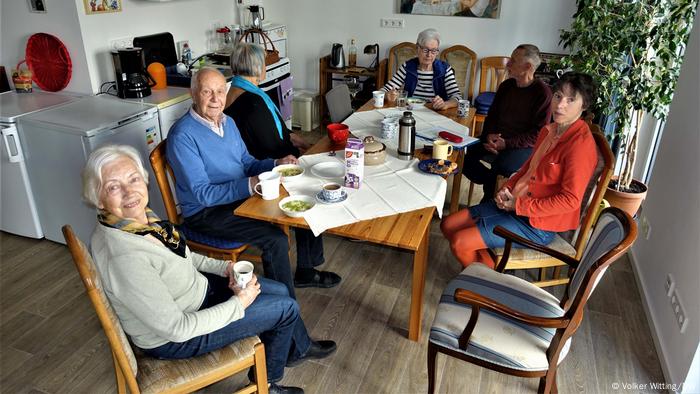 < p>Opportunity for a chat: breakfast in the common room
< p>Opportunity for a chat: breakfast in the common room
Breakfast together is part of the daily ritual. If you can, come down at 9 a.m. to the bright common room on the ground floor. Not all eleven members of the association “Living in Community Mendelstraße e.V.” included. But the most. “Here I always have someone I can talk to,” says Heidemarie Mehlau. “We live together despite all our differences.” And that's a good feeling, says the 80-year-old woman who lives alone. Especially when you need help or are sick, it feels good to have a community behind you.
Waltraud (71) puts it this way: “To live here is winning the lottery.” For a long time she enjoyed the quiet life in the village, but then she wanted a change. Here, in Berlin-Pankow, the housing project is a bit like being in the village: “You help and take care of the others, talk about everyday things,” adds Waltraud, who doesn't want to read her last name in an article.
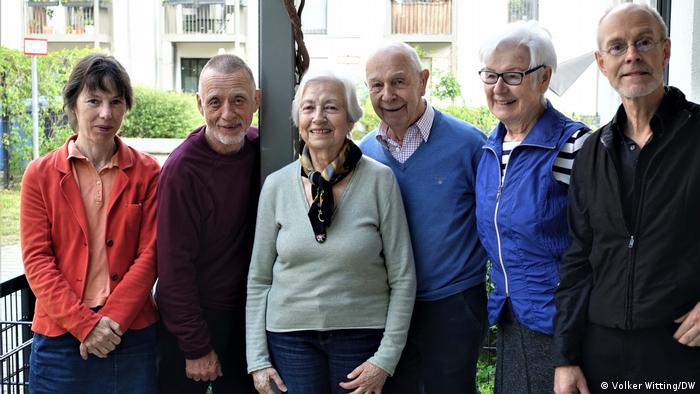
Members of the Berlin association “Living in Community”
The eleven members of the association are between 13 and 90 years old. Living diversity and a common concern: They do not want to live alone and anonymously. They have their community house in a large, modern new building complex with a total of 351 apartments. A small island in a large project. Each member maintains their own self-contained rental apartment. The size varies from 43 to 100 square meters, but each is largely barrier-free. Together, the association finances the common room with TV and kitchenette, where the morning breakfast ritual also takes place. A kind of shared apartment with lots of privacy.
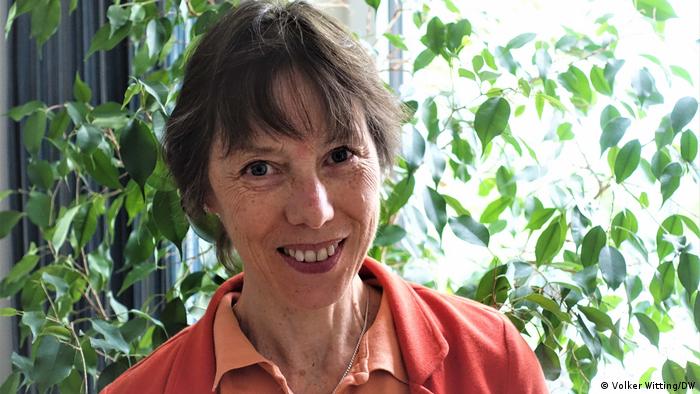
Founder Cornelia Apel had to fight against a lot of resistance
Cornelia Apel is something like the initiator of the project. The 65-year-old had been involved in the project more than ten years ago. Finding a developer who wanted to support a multi-generational housing project was very difficult, reports Apel. “I contacted all sorts of cooperatives and other property developers. Often they didn't even answer.” In Germany too, cross-generational living is still the big exception. At the beginning of 2014, however, a cooperation agreement was signed with the Berlin housing association “Gesobau”. The members of the association were able to move into the new building complex at the beginning of 2019. At that time they were still 13 committed people who were looking for and found a new home in the community. Two members of the association have now died, explains the retired care consultant Apel, who moved in with her husband, who is no longer alive. “I didn't want to get lonely,” says the pensioner as her main motive for getting involved and moving in.
Everyday life in a multi-generational house
Multi-generational living – model for rapidly aging industrial societies?
Multigenerational living has many advantages. The residents remain independent. For them, there are new contact opportunities in and through the community. The diversity of life experiences, training, hobbies and professions of the community residents is stimulating for everyone. Heidemarie Mehlau experiences this as well. “There is always someone there to talk to and exchange ideas.” Arguing is also part of it. But there is usually only at the general meetings when it comes to technical matters. Another advantage of multi-generational living: Working parents can be relieved of childcare. Living in multi-generational houses is cheaper than living in a care facility.
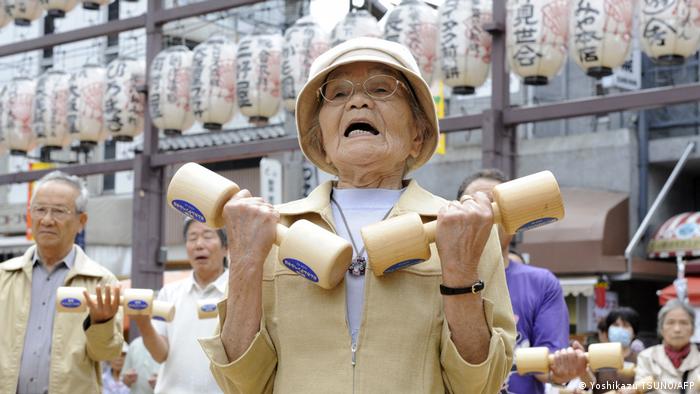
Japan is the fastest aging society
Ingrid Meyer-Riegel was there from the start. Since then, the 86-year-old has “no longer been afraid of being alone”. She considers multi-generational housing projects to be forward-looking. “Too many old people are lonely in a society with more and more singles and older people.”
And this trend is global; especially for highly developed industrial societies like Germany. The proportion of 65-year-olds in relation to the total population is increasing rapidly. In Germany, the proportion of people who are over 65 years old is 21.8 percent, according to the statistics agency “eurostat”. In Italy, this proportion is the highest in an EU comparison: 23.3 percent. Japan is the leader. There, the proportion of people over 65 is already 29.1 percent.
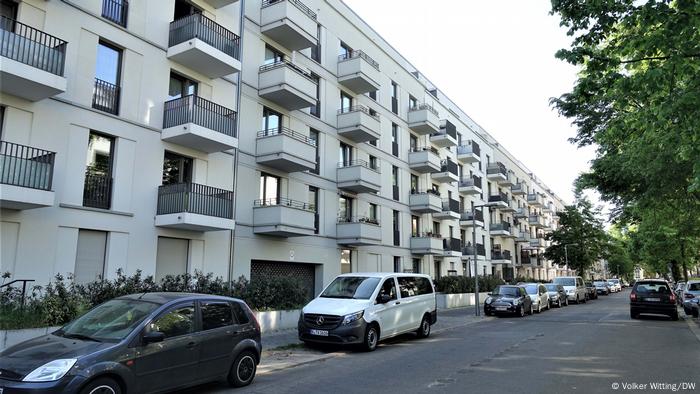
The community house is in the backyard of this residential complex in Berlin.
As you get older, numerous studies have shown that the feeling of being lonely increases. A survey by the opinion research institute Forsa from 2021 comes to the conclusion that one in five people over the age of 75 feels lonely at times. There is a risk of social isolation for those over 80.
For Joachim Wirtz it was therefore clear for a long time that he wanted to work in a community housing project. It was the “luckless lot” for him, says the 74-year-old, who could not imagine a life other than in a diverse community. Ever since he was young, he had always lived in shared flats. The exchange with the two youngest members of the community, who are 13 and 22 years old, is also exciting and invigorating for him. You can also talk about such topics as climate protection. “Well, no one can get me out of here anymore”, summarizes Joachim Wirtz.